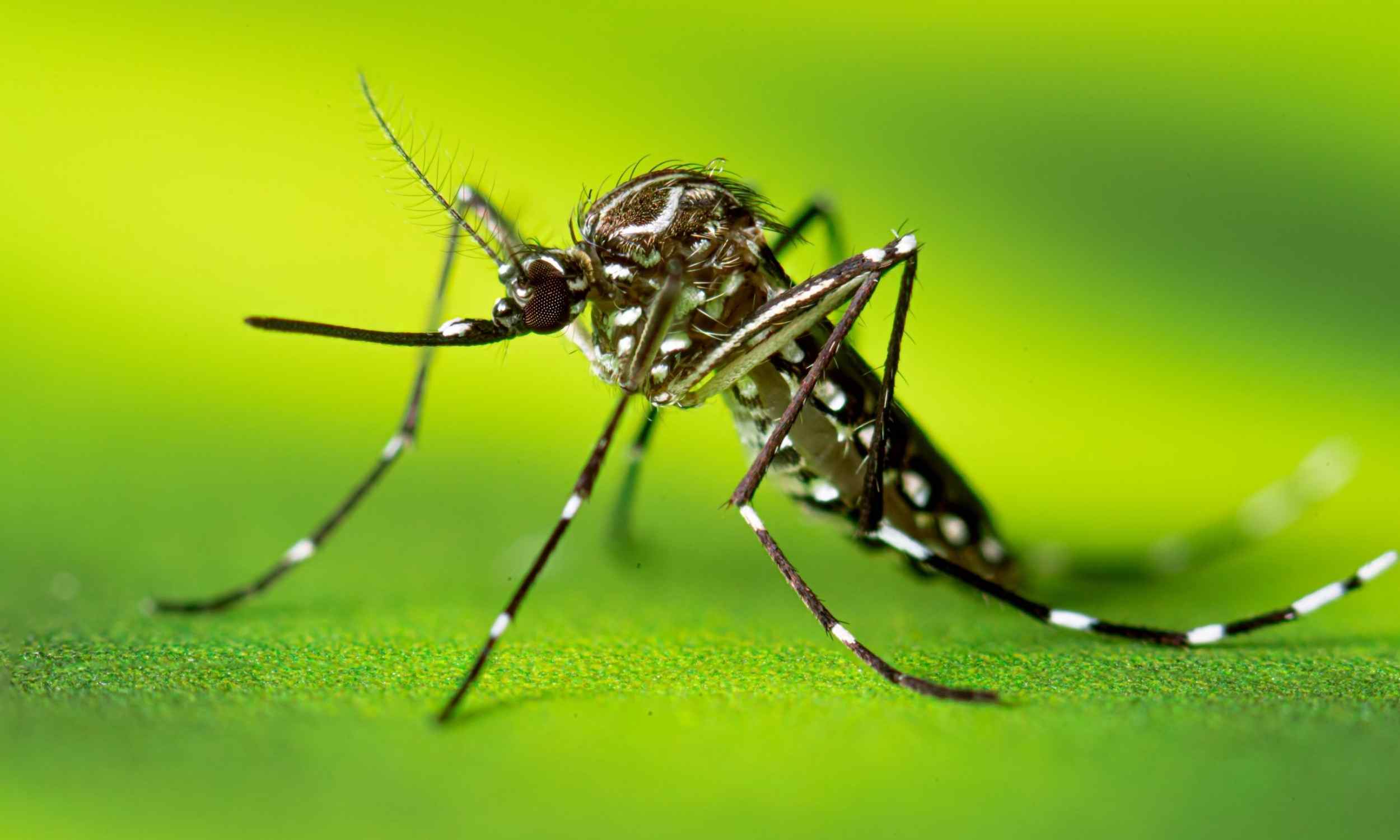Urgent Health Alert: Oropouche Virus Spreads Beyond Tropical Borders
The Oropouche Virus: An Emerging Threat
A tropical bug no more, the Oropouche virus is now making its rounds beyond the rainforest confines. Originating in the tracts of Central and South America, this virus is spread through the bites of infected midges and mosquitoes. In this section, explore why this virus is causing such concern among health officials and researchers.
"The emergence of the Oropouche virus in non-endemic areas is an indication of global travel's impact on disease migration," remarked Dr. Emma Hudson, a leading epidemiologist.
Symptoms and Immediate Action
Once you're bitten, symptoms can appear within four to eight days. Here's what to watch out for:
- Sudden onset of fever
- Severe headaches
- Muscle and joint pain
- Weakness and nausea
Health authorities recommend consulting with healthcare professionals promptly if these symptoms are observed, especially if you have traveled to affected regions.
Impact on Urban Centers
The urban spread of vector-borne diseases like the Oropouche virus is a ticking clock scenario. As city landscapes provide new breeding grounds for disease-carrying insects, the virus migrates into metropolitan hubs, complicating containment efforts.

Learn more about urban epidemiology from this comprehensive research paper.
Prevention and Protective Measures
Reducing exposure depends on both personal vigilance and large-scale public health strategies:
- Use insect repellent with DEET or picaridin.
- Wear long-sleeved clothing and avoid outdoor activities during peak mosquito hours.
- Install effective window screens or use air conditioning to keep midges out.
Check out these affordable mosquito repellent bands on Amazon.
Future Outlook: Surveillance and Research
The Oropouche virus is not a lone wolf; it's part of a larger cascade of vector-borne diseases that are on the global rise. Continued investment in vaccine development and more sophisticated vector control methods are essential steps forward.
For an in-depth understanding, visit the WHO's fact sheet on vector-borne diseases.
As health officials and scientists focus on tracking and stymieing the spread of the Oropouche virus, public awareness becomes crucial. Educate yourself and your community to bolster defenses against this stealthy pathogen.
